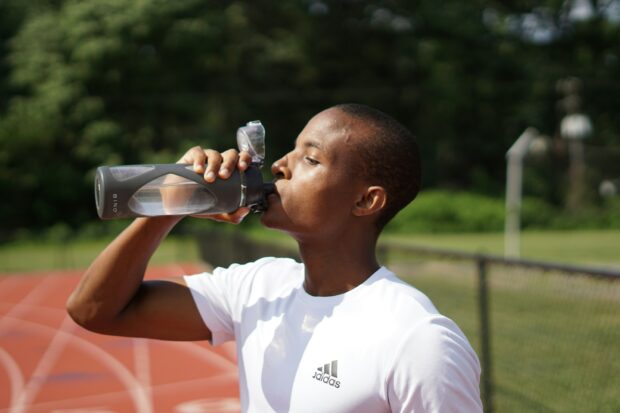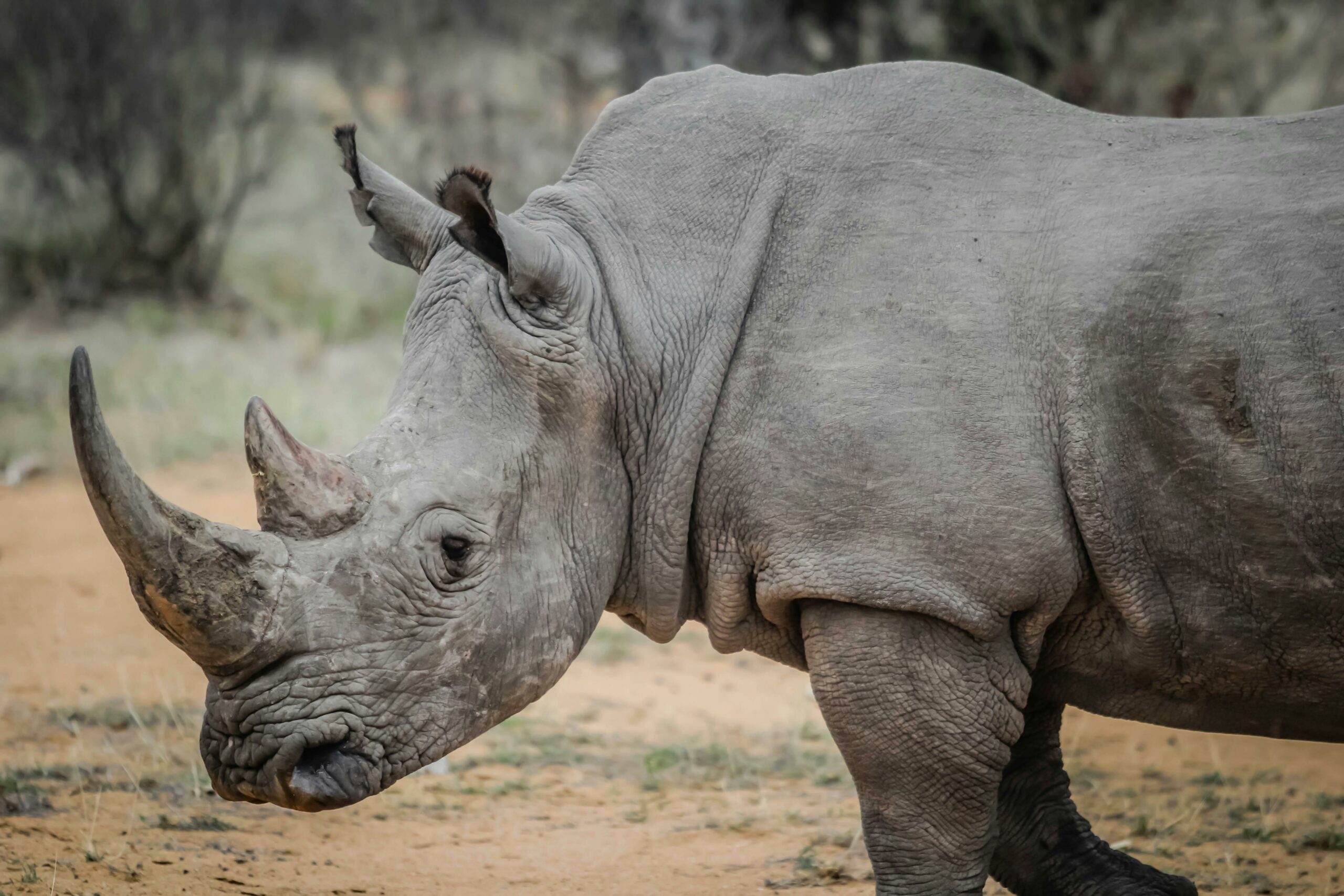‘Climate change the biggest threat to health in the 21st century’
Experts say climate change is the biggest threat to health in the 21st century, and in South Africa, data shows we are already losing many lives to non-optimal temperatures and extreme weather conditions.
COP28 in December 2023 had many firsts – one marking the first-ever “Day of Health”, noting the intractable linkages between the health of people and the planet.
Alarming global statistics revealed that one in four deaths can be attributed to preventable environmental causes. The World Health Organisation (WHO) estimates an additional 250 000 people are dying every year due to climate change.
“Climate change is the biggest threat to health in the 21st century, and our very survival is at stake,” Dr Vanessa Kerry, WHO Director-General Special Envoy for Climate Change and Health told delegates at the New York Climate Week in September last year.
Attendees heard how rising temperatures and extreme weather events due to global warming, air pollution, wildfires, and compromised water, land, and food security result in lives lost and negatively impact infectious diseases, heat-related illnesses, noncommunicable diseases, and adverse pregnancy outcomes.

Climate change poses the biggest threat to human health in modern times.
Credit: Unsplash.com
South Africa, located in the Southern Hemisphere where the earth’s surface temperature is rising much faster than the global average, is no stranger to increased extreme weather conditions. Local data shows we’ve been paying with people’s lives. About a year ago, severe heatstroke claimed the lives of at least seven farm workers in the Northern Cape.
Crunching the numbers
Dr Caradee Wright, Specialist Scientist at the South African Medical Research Council leading the Climate and Health Research Programme, and her team, have been projecting the impact of climate change on health in South Africa for years.
In a modelling exercise, they gathered all the mortality data in South Africa stretching over 15 years, which amounted to more than 8 million deaths. By analysing the data, they tried to understand how many deaths might have been caused or be associated with non-optimal cold and non-optimal hot weather. They made a startling discovery:
“It sounds small, but we found that 3.4% of deaths during that time period could be linked to non-optimal temperature exposure. More people die from cold than heat, so it was 3% from cold and 0.4% related to heat, but 0.4% of about 8.8 million was still enough to make one concerned.” According to a rough calculation, 3.4% of 8.8 million is about 300 000 mortalities.
According to the WHO, the health consequences of climate change also carry significant economic ramifications. “The World Bank estimates that up to 132 million people will fall into poverty by 2030 due to direct health impacts of climate change, and approximately 1.2 billion people will be displaced by 2050,” its statement read.
Another challenge, according Dr Wright, is the lack of knowledge regarding deaths caused by heatstroke. She refers to an ICD-10 code (a system used by physicians to classify and code all diagnoses, symptoms and procedures for claims processing).
She says there is an ICD-10 code for heatstroke, but doctors are not aware of it and tend to document deaths as whatever underlying condition the person might have had. “So, it’s very difficult for us to get absolute numbers of what’s going on.”
Local concerns
On 21 February 2024 the South African Weather Services (SAWS) projected another heatwave in the northern parts of the country which would last for a couple of days. This follows after places over the Northern and Western Cape have been experiencing maximum temperatures peaking above 40 degrees for weeks.
In addition, some places over central and eastern parts of the country have been experiencing severe thunderstorms in the past weeks and the SAWS predicts that these storms will persist. “They may lead to localised flooding of roads and settlements, falling of trees causing damage to property and infrastructure, service disruptions due to power surges, and localised injuries and danger to life due to lightning,” the SAWS warned.

Don’t exercise during the hottest time of the day and drink enough water to stay hydrated.
Credit: Unsplash.com
“In our part of the world, we are seeing an increase in the number of hot days,” Wright says. “We are especially worrying about vulnerable groups, for example, infants who can’t self-regulate. What we have, is a cultural challenge where moms tend to wrap their babies in very big blankets, you know, swaddle them – even potentially wearing babies on their backs as temperatures warm… those babies can overheat, especially in hot weather.”
Another group they are concerned about is the elderly and people with disabilities, because they are not always mobile “and when the temperatures are warm, there’s very little they can do”, she says.
In November, the WHO released a statement, saying that climate change is also an urgent threat to pregnant women and children. Quoting from a report, the organisation said the effects of climate events on maternal and child health “have been neglected, underreported and underestimated”.
“Research shows that harm can begin even in the womb, leading to pregnancy-related complications, preterm birth, low birthweight and stillbirth. “For children, consequences can last a lifetime, affecting the development of their bodies and brains as they grow.”
How to mitigate the impact
There are easy ways to prevent heatstroke, says Dr Wright.
“Some of the simple things to do – which we encourage people to do – is to have a little bit of water in a basin or a bowl and put your hands and feet in, and wet a cloth and put the cloth in the back of your neck. Those are very simple cooling mechanisms.
“And drink water, not anything else. Not cool drinks or anything. Just water to make sure that you stay hydrated.”4
Where children play sports after school, it needs to be rearranged, “so they’re not doing physical activity in the middle part of the day through to late afternoon. Those are the hottest times of the day. Four o’clock is often the hottest.”
Related Articles
Poaching is not the only reason rhinos may go extinct
The ongoing effects of climate change may cause rhinos to go extinct unless adaptation measures are implemented, according to new research.
Global warming impacts: Urgent mitigation needed despite “world-first” pact on fossil fuels
World-renowned climatologist, Francois Engelbrecht, continues to call for urgent measures to mitigate global warming impacts on southern Africa.




